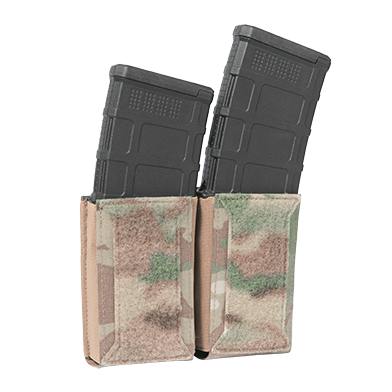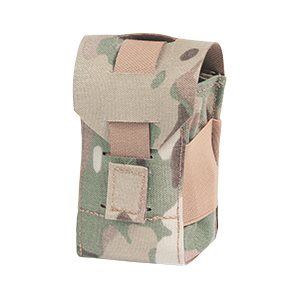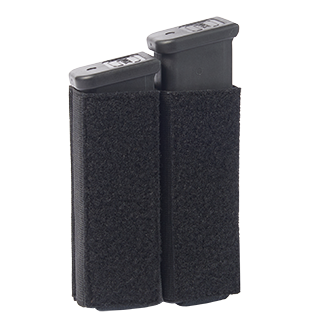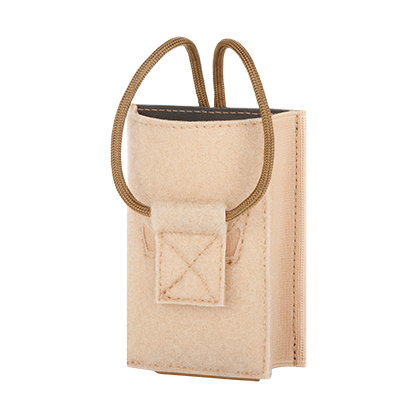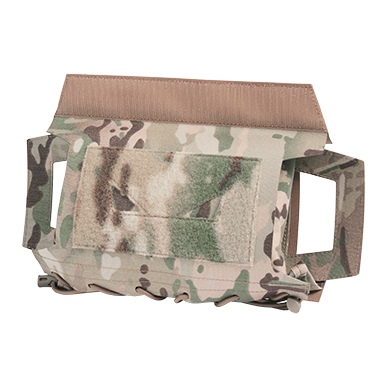Radio & GPS Pouches
2In Stock
Sort by Relevance
- Relevance
- Lowest price
- Top customer rating
- Highest price
Sort by Relevance
Sort by
- Relevance
- Lowest price
- Top customer rating
- Highest price
In Stock
Advanced Filters
Protection Level
Level 2 body
armor
8
Level 2 body
armor
8
Level 2 body
armor
8
Level 2 body
armor
8
Level 2 body
armor
8
Level 2 body
armor
8
Protection
Level 2 body
armor
8
Level 2 body
armor
8
Level 2 body
armor
8
Level 2 body
armor
8
Level 2 body
armor
8
Level 2 body
armor
8
We often see tactics as a means to get from a tight situation. But, this craft also includes not getting into such a situation in the first place. Good communication and positioning between soldiers, teams, and officers are critical for this. Here is where your radio pouches and GPS pouches come in, to make every soldier certain that they are in the right place and doing the right thing for the team.
This development is relatively new because communication devices only recently became portable enough that it became a good idea to make every single man on the team a com’s officer, especially in a pedestrian army.
There are a couple of seemingly contradictory requirements for a good tactical radio and GPS pouch:
- Accessible but not obstructing
- Firm but not blocking radio waves
- Contents should be tight in place but easy to get out
